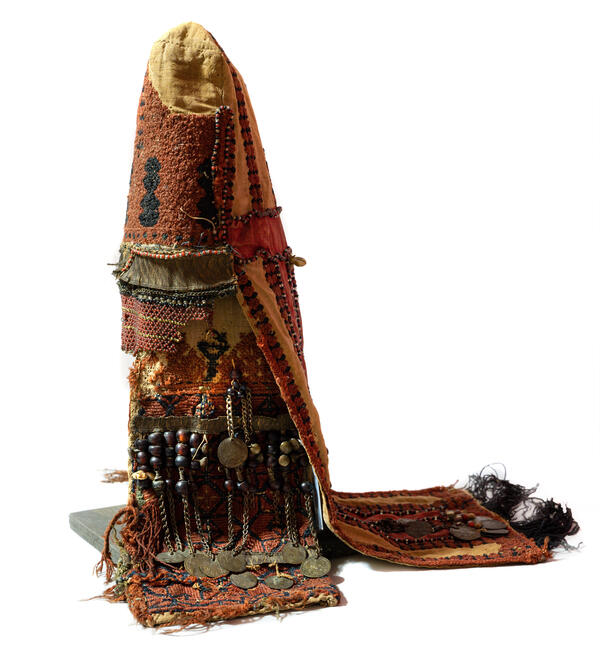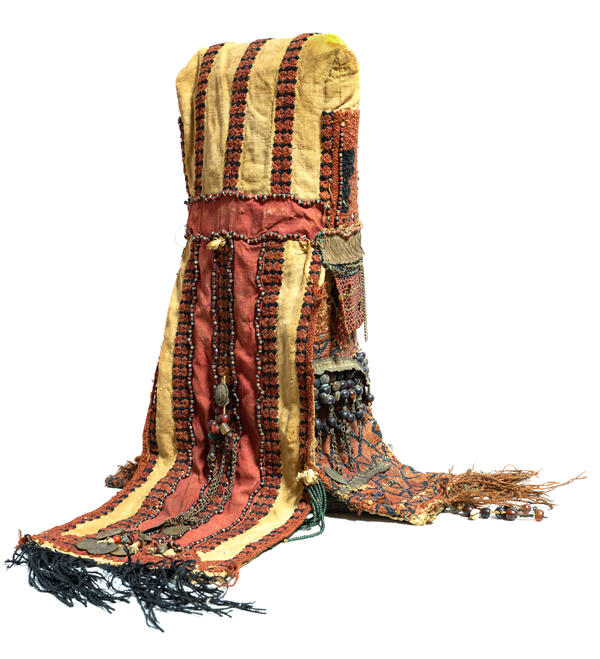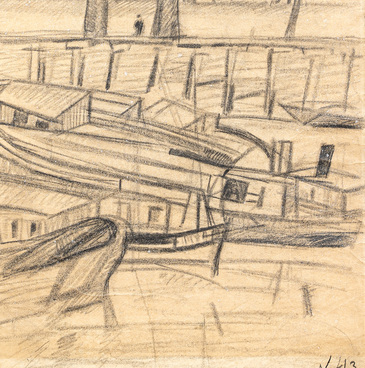In 1895, when Vera Khlebnikova was four years old, her father Vladimir was appointed to Volyn, and then to Simbirsk Governorate. There, in the village of Pomaev, Buinsky Uyezd, the family lived until 1898. Her father, a naturalist, tried to introduce his children, primarily his sons, to science, and they “always fiddled with nests, eggs, animals, and butterflies.” Their mother, a historian, took care of their cultural education and invited local residents to visit. They came in traditional clothes and arranged evenings of folk songs and dances.
The second period of the “Mordovian” or “Simbirsk” life of the family, in the village of Alfyorov, occurred in the 1910s. For a number of reasons, Vera dropped out of the art school of Yan Tsionglinsky in St. Petersburg and came to live with her parents. In her memoirs, she described the area as “such a wonderful corner, with a neglected park.”
Velimir also spent the whole summer in Alfyorov — at the insistence of his father, who was dissatisfied with his son, after he had abandoned his studies at St. Petersburg University and developed a passion for poetry. During that period, Vera made a charcoal drawing — a portrait of her brother in a Mordovian hat.
This hat is a woman’s embroidered headdress made of canvas with two long stripes: one goes down on the back, the second probably covers the shoulders. It was not possible to establish exactly where it originated and how it came into possession of the Khlebnikov family. Perhaps it was given to the family of scientists by the indigenous inhabitants of Pomaev or Alfyorov. Vladimir Khlebnikov himself could have bought it when he presented his ornithological collection at an industrial exhibition in Kazan in 1890. Cheremis and Mordovian hats were displayed at the exhibition.
The hat was kept for a long time in the Khlebnikov
house, as well as other memorabilia. The daughter of May Petrovich
Miturich-Khlebnikov (Vera Khlebnikova’s granddaughter) noted that her father
had long been engaged in establishing a house museum of Velimir Khlebnikov and
later donated a lot of exhibits to it. Among them were drawings, books and many
objects familiar to Vera Miturich-Khlebnikova from childhood. Among other
things, she mentioned “a piece of cloth from Mordovia, which always lay in… a
bread box” and “a costume of a native inhabitant of those lands that Grandma
Vera made for little May.” This costume is quite noteworthy: to make the temple
ornaments for it, Vera Khlebnikova used the “monisto [coins]… from that Mordovian
hat in which Velimir once posed for his sister.”






